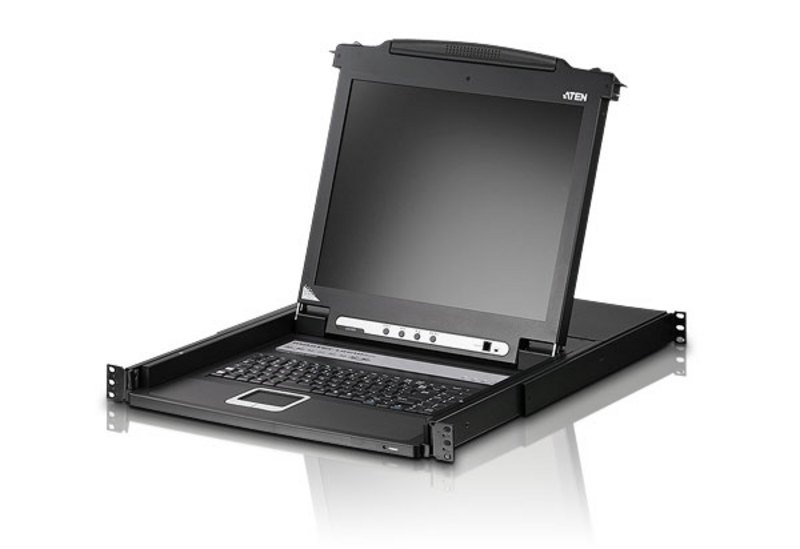I have an old SuperMicro X9DRL motherboard running FreeBSD 10.3, with a broken VGA output port. The system boots OK, and can be accessed through PUTTY and the WEB pages, so I know the system is still functioning. But I 'need' the system console screen for local management connected to the builtin VGA port. I am looking for a PCIe to VGA board, which, hopefully, can be redirected as the main Console port. (NO graphics necessary, just 80 x 24 text).
Finding a PCIe VGA board is the first hurdle. And then switching the text output to the VGA PCIe board is the next problem.
Anyone have any experience doing this?
Thanks...
Finding a PCIe VGA board is the first hurdle. And then switching the text output to the VGA PCIe board is the next problem.
Anyone have any experience doing this?
Thanks...

